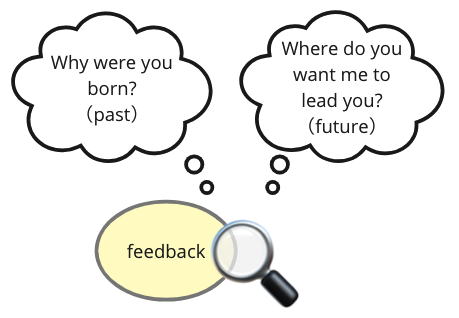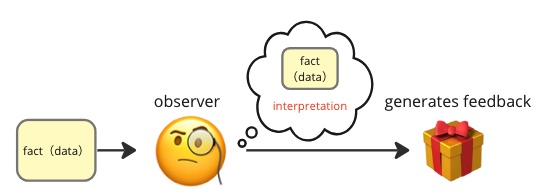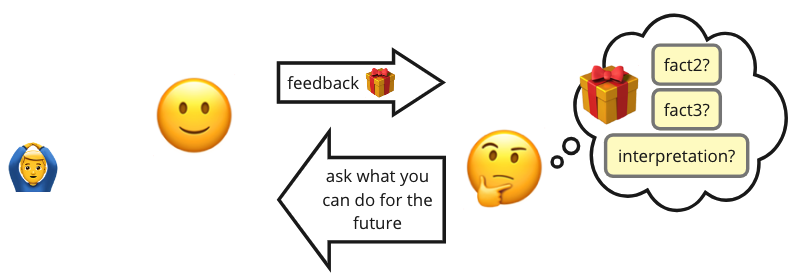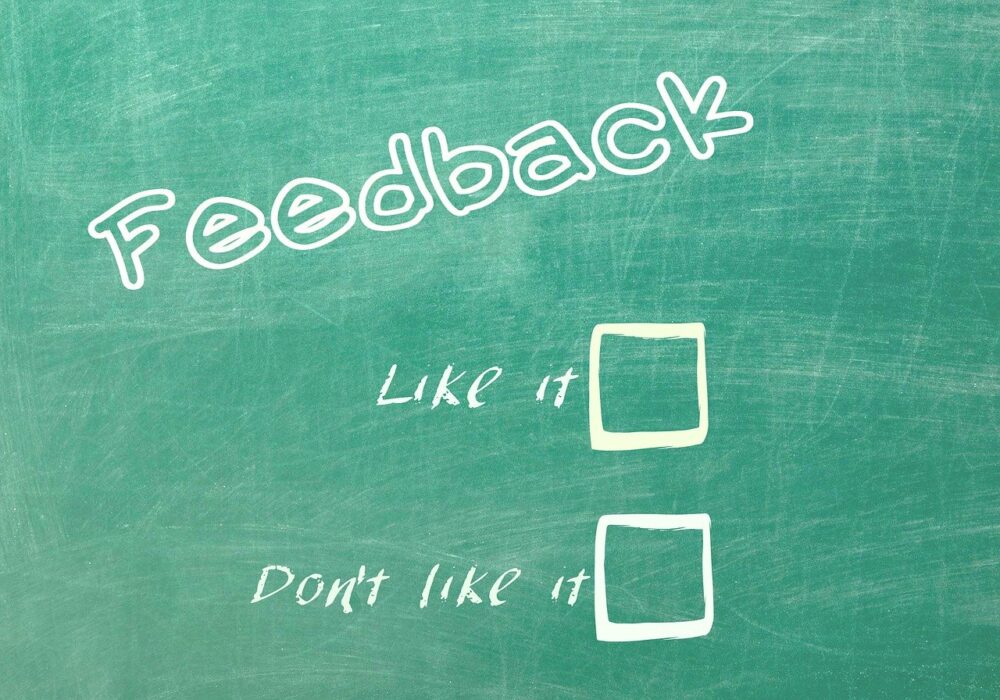This article aims to interpret “Harvard’s Feedback Lessons for Your Growth” and drop it into a simple diagram.
When quoting the original text, the following notation is used.
body of the book
Illustrations and notes do not accurately represent the contents of the book.
It would be greatly appreciated if you could refer to it as a reference for those who have the same problem and as an entrance to this book.
contents
To understand the meaning of feedback, two things need to be clarified.

How feedback is generated

Coaching and evaluation always include the person’s interpretation
Consider the actions you will take after receiving the evaluation.
Stay cool enough to ask questions after receiving feedback


Two reasons why recognition discrepancies occur
1.Reference data is different

2.Same data but different interpretation

